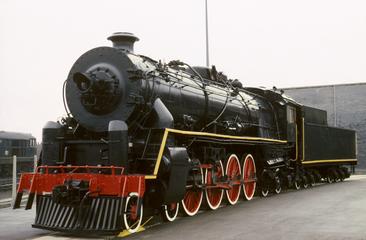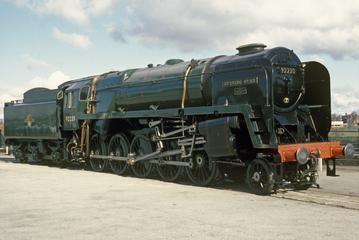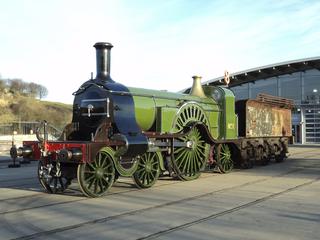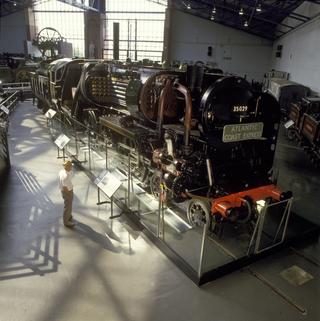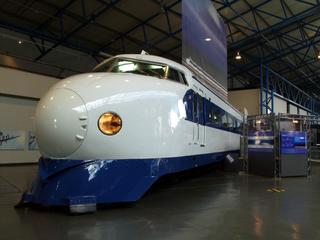Steam locomotive and tender, No 3, 'Coppernob', 0-4-0, for Furness Railway, designed by E Bury, built by Bury, Curtis and Kennedy in 1846, withdrawn in 1900. Length over buffers: 37' 3"; width: 7' 4": weight: 19 1/2 tons; driving wheels 4' 9".
Coppernob – a rare example of a Bury locomotive – was one of a set of four A2 locomotives built by Bury, Curtis and Kennedy Ltd. as the Furness Railway was formed. No.s 1 & 2 were built in 1844, and No.s 3 & 4 in 1846. Due to the domed shape of the copper firebox (characteristic of Bury engines) the class came to be known as the “Coppernobs” with No. 3, the survivor of the original four, later referred to as “Old Coppernob.”
Old Coppernob had a long working life on the Furness railway. It was withdrawn in 1900; most members of this standard type, built by Bury, Curtis and Kennedy Ltd. for other companies, had been removed from service far earlier.
In the early 1900s Old Coppernob was preserved and placed on display in a glass shelter at Barrow Station. It was displayed at the Empire exhibition in Wembley in 1924 and also made a short visit to Birmingham in 1938, but otherwise No. 3 remained at Barrow until 1941. Coppernob suffered damage during a German air raid on the night of 4th/5th May 1941, when its glass shelter was wrecked. The shrapnel damage to the distinctive copper firebox casing can stil be seen today. After the bombing it was moved to Horwich Works for storage and remained there until 1963 when it was moved to the Clapham Transport Museum – becoming part of the National Collection.
In 2014, the locomotive was displayed at Dresden Transport Museum as part of the exhibition “Germany Becomes Mobile,” which celebrated the 175th anniversary of the Leipzig–Dresden railway, due to its similarities to early locomotives built for the line.






